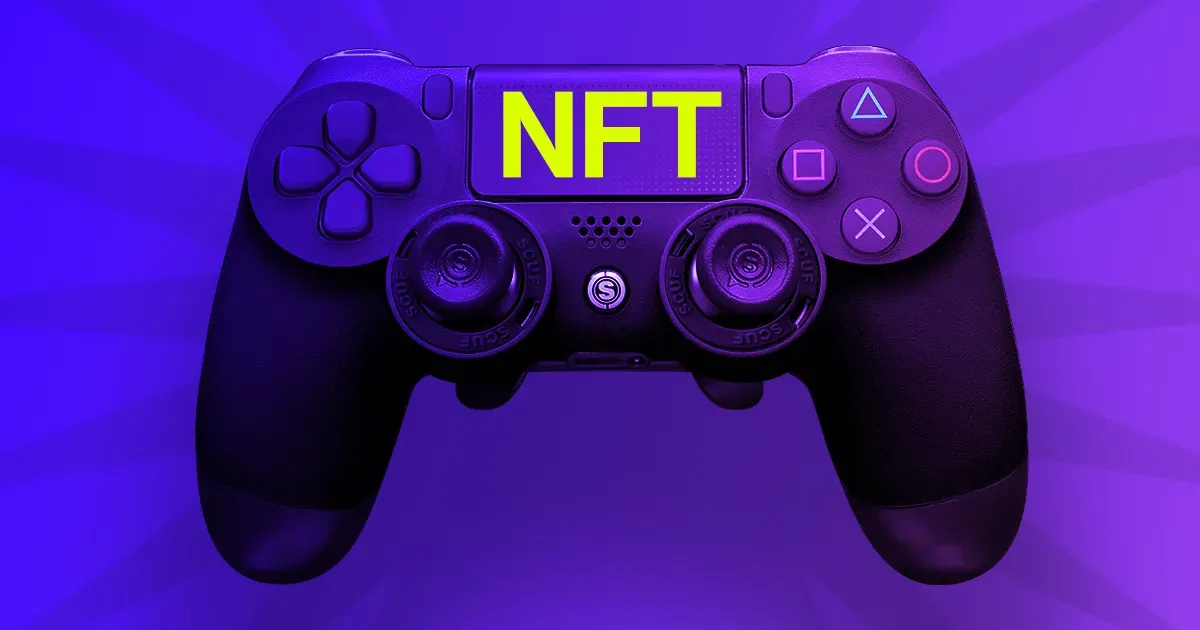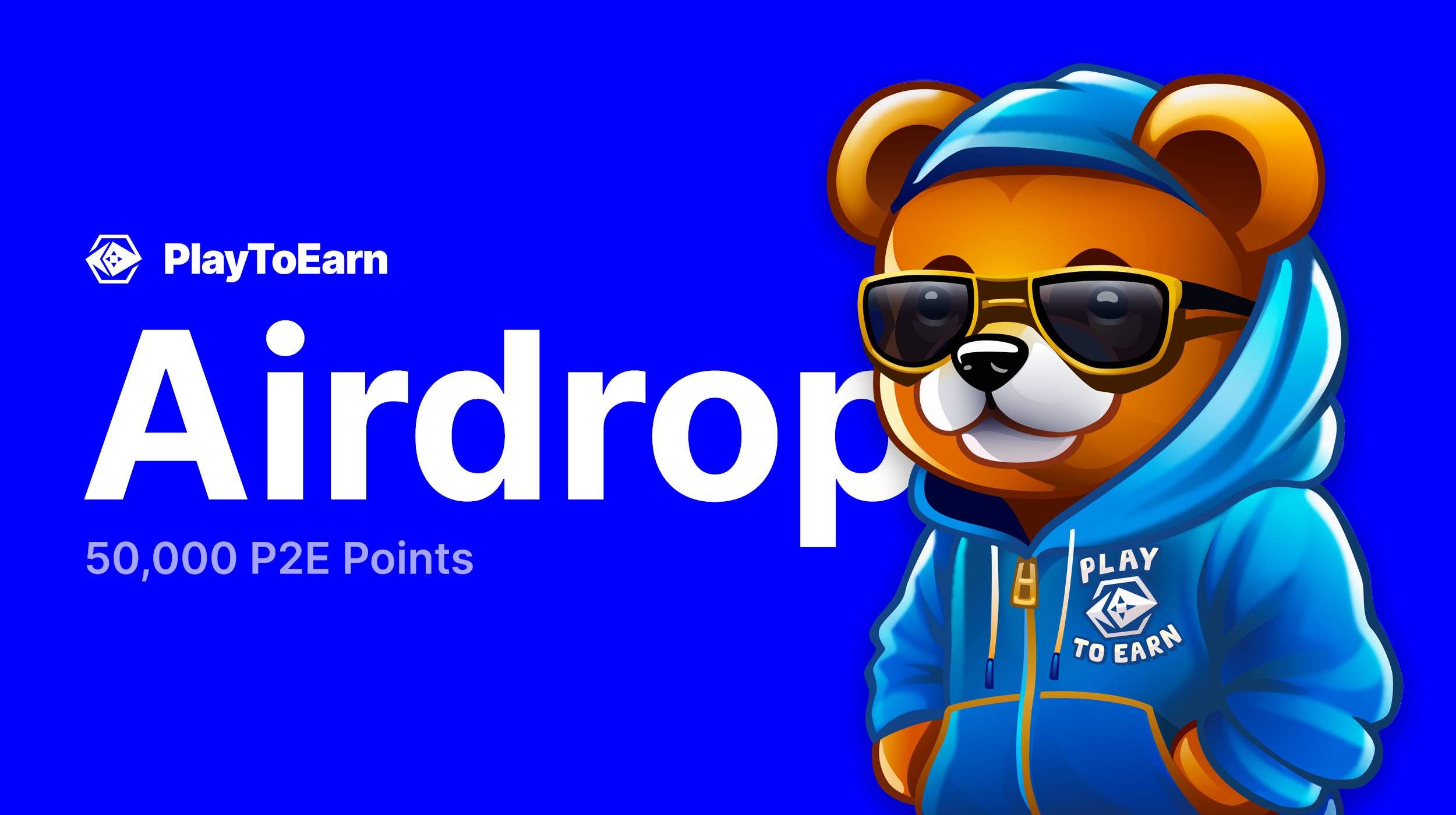Key Takeaways:
- Creating an NFT game asset requires both digital art skills and blockchain knowledge.
- Platforms like Ethereum, Polygon, and Solana simplify minting your first NFT.
- Strategic planning ensures your NFT is market-ready and secure.
Introduction: Entering the NFT Gaming World
NFTs (Non-Fungible Tokens) have revolutionized gaming by allowing players and creators to own, trade, and monetize digital assets. If you’re a game developer or digital artist, creating your first NFT game asset can open new revenue streams and expand your creative influence. This guide walks you through each step, ensuring your first NFT is not just visually appealing, but also blockchain-ready.
Step 1: Conceptualize Your Game Asset
Before touching any software or blockchain platform, define what type of NFT asset you want to create. Will it be a character, weapon, in-game item, or collectible? Think about:
- Art style: Pixel art, 3D models, or animated graphics.
- Rarity: Unique, limited edition, or mass-produced.
- Gameplay function: Does it enhance gameplay, provide special abilities, or serve as a cosmetic item?
Clear planning at this stage reduces costly revisions later and increases the asset’s appeal to players and collectors.
Step 2: Design the Digital Asset
Once your concept is set, create the digital asset using design tools suited to your skill set. Popular options include:
- Photoshop or Illustrator for 2D assets.
- Blender or Maya for 3D models.
- After Effects or Spine for animated items.
Ensure the asset is high-resolution and optimized for gaming performance. Keep file formats compatible with NFT marketplaces, typically PNG, GIF, or GLB for 3D objects.
Step 3: Choose a Blockchain and NFT Platform
Your choice of blockchain impacts transaction fees, speed, and audience reach. Ethereum is widely used but has higher gas fees. Polygon and Solana offer lower-cost alternatives. Next, select an NFT marketplace or platform that supports game assets, such as OpenSea, Rarible, or specialized platforms like Enjin.
Step 4: Mint Your NFT
Minting transforms your digital file into a blockchain token. Steps generally include:
- Connecting a crypto wallet (MetaMask, Phantom, etc.).
- Uploading your asset and adding metadata (name, description, attributes).
- Setting rarity and supply limits.
- Confirming the transaction and paying associated fees.
After minting, your NFT is officially blockchain-backed, tradeable, and uniquely identifiable.
Step 5: Integrate the NFT Into Your Game
Finally, link the NFT to your game environment. Use APIs or SDKs from your blockchain platform to ensure the asset functions correctly within the game. Test for:
- Compatibility with gameplay mechanics.
- Smooth loading and rendering.
- Secure ownership verification to prevent fraud.
Proper integration enhances the player experience and increases the NFT’s perceived value.
Conclusion: Launch and Market Your NFT Game Asset
Creating your first NFT game asset is both a technical and creative journey. By planning your design, selecting the right blockchain, and ensuring seamless game integration, you set your asset up for success. Once live, promote it through social media, gaming communities, and NFT marketplaces to attract collectors and players. Your first NFT is more than an item—it’s a bridge into the growing world of play-to-earn gaming.
Disclaimer: The information in this article is for general purposes only and does not constitute financial advice. The author’s views are personal and may not reflect the views of GameDegen.com. Before making any investment decisions, you should always conduct your own research. GameDegen.com is not responsible for any financial losses.



